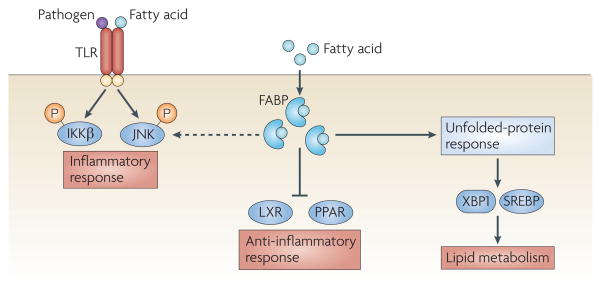Figure 5. lipid-sensing pathways and inflammation.
Increased amounts of fatty acids can directly induce Toll-like receptors (TLRs) and lipid sensors or transmit stress signals following binding to intracellular lipid chaperones known as fatty-acid binding proteins (FABPs). Activation of TLRs induces the activation of IκB kinase (IKK) and JUN N-terminal kinase (JNK). JNK can also be activated as a result of endoplasmic reticulum (ER) stress inside the cell (not shown). The ER responds to increased levels of lipotoxic fatty acids and free cholesterol by activating the unfolded-protein response. Activation of two transcription factors that are associated with the ER, X-box binding protein 1 (XBP1s) and sterol-regulatory-element-binding protein (SREBP), can modify intracellular lipid metabolism. Furthermore, fatty acids can directly serve as both activating and inhibiting ligands for nuclear receptors, such as peroxisome-proliferator-activated receptors (PPARs) and liver X receptors (LXRs), and affect inflammation.

